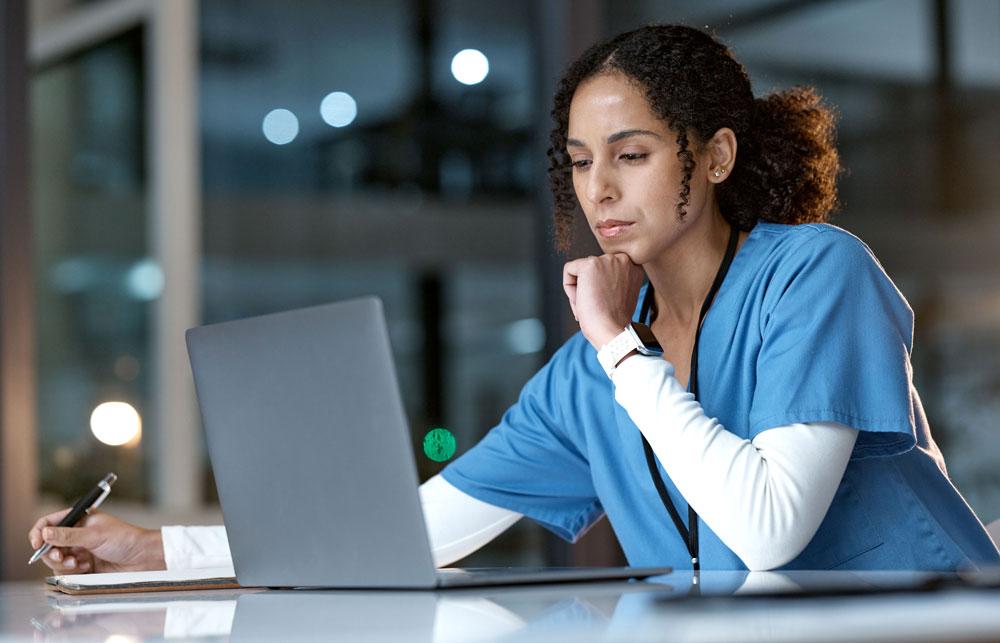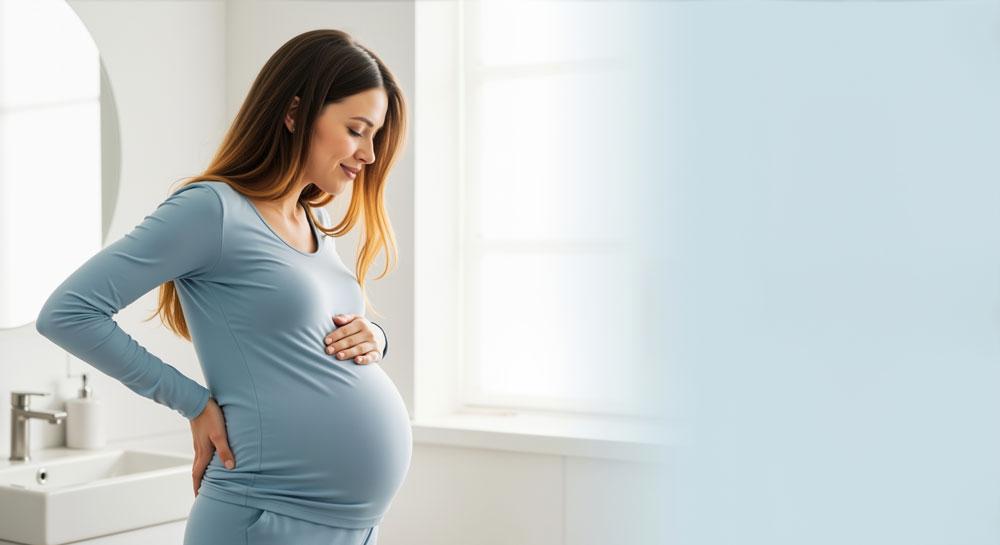Although unlucky not to win, the Care Home Innovation Programme, run by NHS South Sefton Clinical Commissioning Group, was rightly acknowledged for achieving more than a 30 per cent reduction in 999 calls and ambulance conveyances at the recent Health Business Awards. HB talks to Dr Debbie Harvey about the programme and the use of telehealth initiatives in the NHS
The Care Home Innovation Programme (CHIP) was recently commended for the Telehealth Award at the Health Business Awards at the end of December. Can you tell us a bit about the programme?
With around 1,200 people living in care homes across Sefton, we found that people were frequently being transferred to hospital unnecessarily and people were not correctly being identified as approaching end of life until their very final days. We introduced CHIP as a way to improve care standards and reduce unnecessary hospital admissions. CHIP also encourages advance care planning through the support of a community multidisciplinary team (MDT). CHIP consists of a number of different initiatives including a telemedicine service that provides MDT support for the care homes 24/7, locally based care home community matrons, community geriatricians, medicines management team, psychiatry care home liaison, standardised protocols and training for healthcare staff in care of the dying.
CHIP has successfully reduced the number of ambulance journeys by 25 per cent compared to the 12 months prior to launch. What are the benefits of such an alternative to A&E visits?
Before we launched CHIP, we found that over half of the ambulance journeys for care home residents were not for urgent need and in all likelihood, the patient didn’t need to go to hospital at all. Reducing these unnecessary trips to hospital reduces the impact on primary care services and enables patients to remain at home. This approach is extremely beneficial to patients, improving the quality of their care, and reduces the cost of hospital attendance for both accident and emergency and subsequent admissions.
Much of the evolution of care at the moment is likely to journey towards treatment and diagnosis ’at-the-point-of-care’. How does immediate, online video technology enhance this trend?
There are many ways technology supports this trend. Some assessments from Airedale provide advice to care home staff which then negates the need to use additional NHS resource at all. This approach can facilitate improved work on the ground by linking local resources rather than the patient being transferred to secondary care. Our community matrons and geriatrician have the technology and in the future we would hope that other sectors within community care will be able to work together more efficiently using this mode of assessment and communication.
The programme has previously been highlighted as an example of good practice in the Care Quality Commission’s end of life thematic review. How does the programme benefit the elderly population of South Sefton?
CHIP has improved care standards for our 1,200 residents in care homes across Sefton, many of whom will have been born and bred in the local area. CHIP has reduced the number of unnecessary hospital admissions, provided training for care home staff and improved access to support services via the use of televideo and our community MDT.
Following the success of CHIP, how else is NHS South Sefton CCG planning to use technology to improve its care offering in the next few years?
We hope that technology will be used in an array of areas including assessments for social care, further links with secondary care and exploring its place in primary care.





